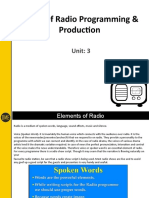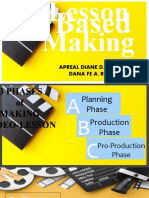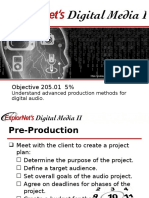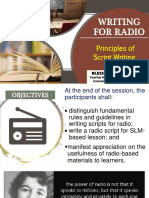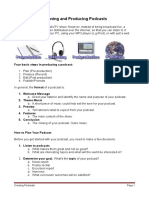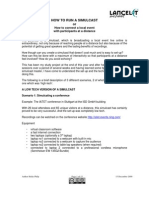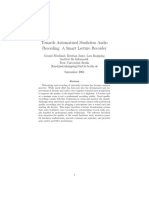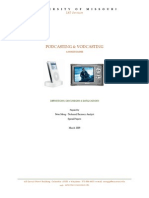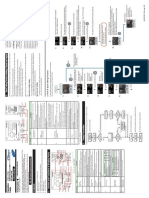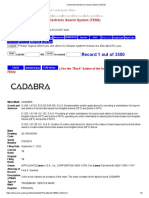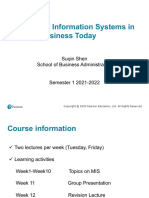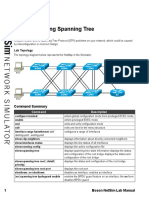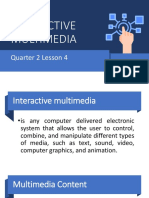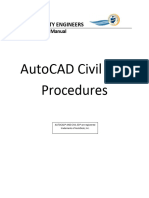0% found this document useful (0 votes)
61 views2 pagesPodcast Remote Recording Templates
This document outlines templates for remote podcast recording in various scenarios. It describes:
1. Typical recording scenarios - when hosts/guests do or do not have essential equipment.
2. General equipment requirements like computers, audio interfaces, microphones, headphones.
3. Pre-recording checks like environment noise levels and microphone placement.
4. The recording procedure differs based on the scenario but involves cues or claps for synchronization.
Uploaded by
David RotimiCopyright
© © All Rights Reserved
We take content rights seriously. If you suspect this is your content, claim it here.
Available Formats
Download as PDF, TXT or read online on Scribd
0% found this document useful (0 votes)
61 views2 pagesPodcast Remote Recording Templates
This document outlines templates for remote podcast recording in various scenarios. It describes:
1. Typical recording scenarios - when hosts/guests do or do not have essential equipment.
2. General equipment requirements like computers, audio interfaces, microphones, headphones.
3. Pre-recording checks like environment noise levels and microphone placement.
4. The recording procedure differs based on the scenario but involves cues or claps for synchronization.
Uploaded by
David RotimiCopyright
© © All Rights Reserved
We take content rights seriously. If you suspect this is your content, claim it here.
Available Formats
Download as PDF, TXT or read online on Scribd
/ 2







